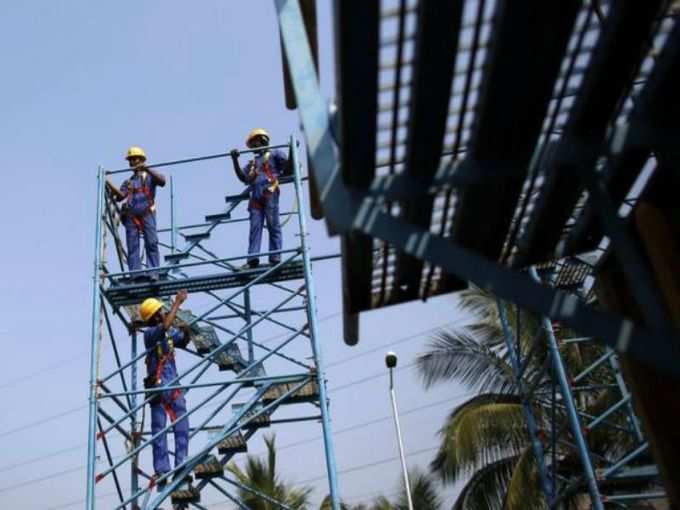 It seems that the NDA government did not have a glance at 2014 survey of
It seems that the NDA government did not have a glance at 2014 survey of The Prime Minister Narendra Modi-led government has set a new target of getting 400 million Indians skilled by 2022, aiming to plug the ‘skills gap’.
However, the survey done by the Labour Bureau in 2014, which has been revealed this year, reads that the unemployment rate among skilled ones was higher.
People who got formal training from institutions like
Surprisingly, the survey revealed that apart from trades like plumbing, motor driving, leather work, all other categories of skilled persons exhibited double-digit unemployment figures.
The unemployment rate of engineers, other than civil and computer, was 25% and that of hairdressing/beautician was 19%.
Over 14% with machine operator skills were without jobs.
Jayan Jose Thomas of IIT Delhi, who has researched the Indian employment scenario extensively, told Times of India that unless new jobs, especially in the
"Existing industry does face a skills gap. That's what entrepreneurs and industrialists keep telling me. So, imparting skills will help somewhat. But the primary thing is to have a policy for industrial growth that will create millions of new, decent job opportunities," he told TOI.
About 12 million people join the workforce every year in India.
Labour Bureau survey shows that unemployment rates are higher among those with higher educational qualifications.
The overall unemployment rate was reported at 2.6% among the over-15 age population. While for postgraduates it was 8.9, for graduates the figure stood at 8.7%. The rate for diploma or certificate holders was 7.4%.
As per a NSSO report, the average daily wage of an urban diploma holding worker was about Rs 524 for men and Rs 391 for women.
(Image: Reuters)